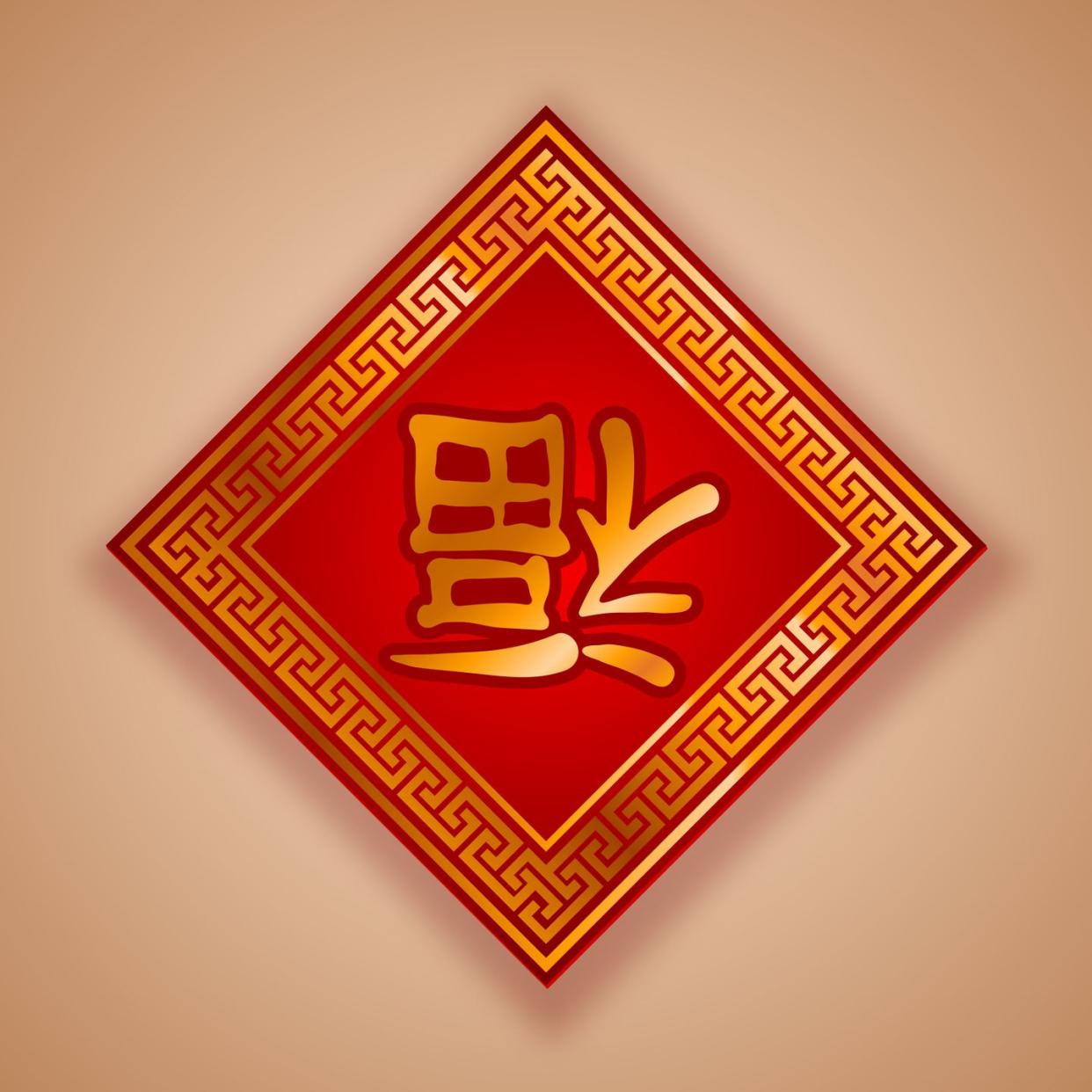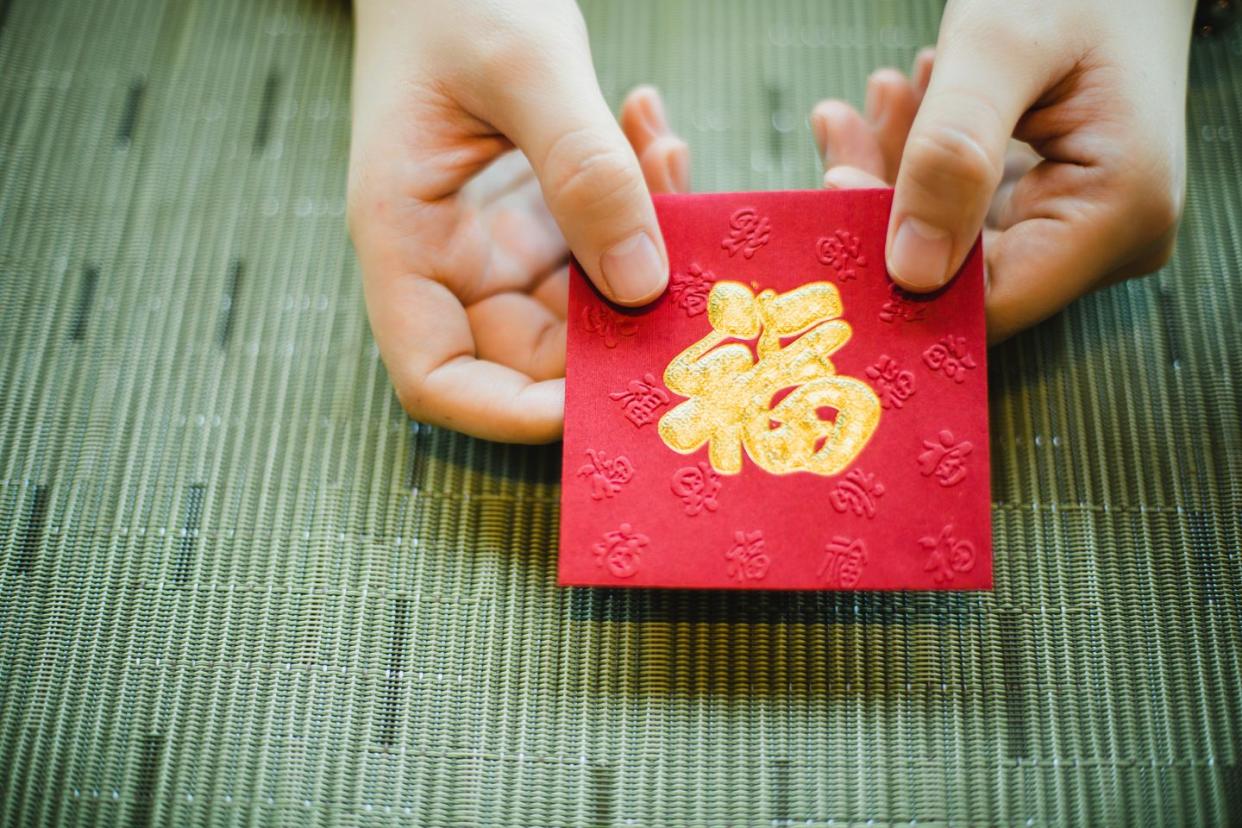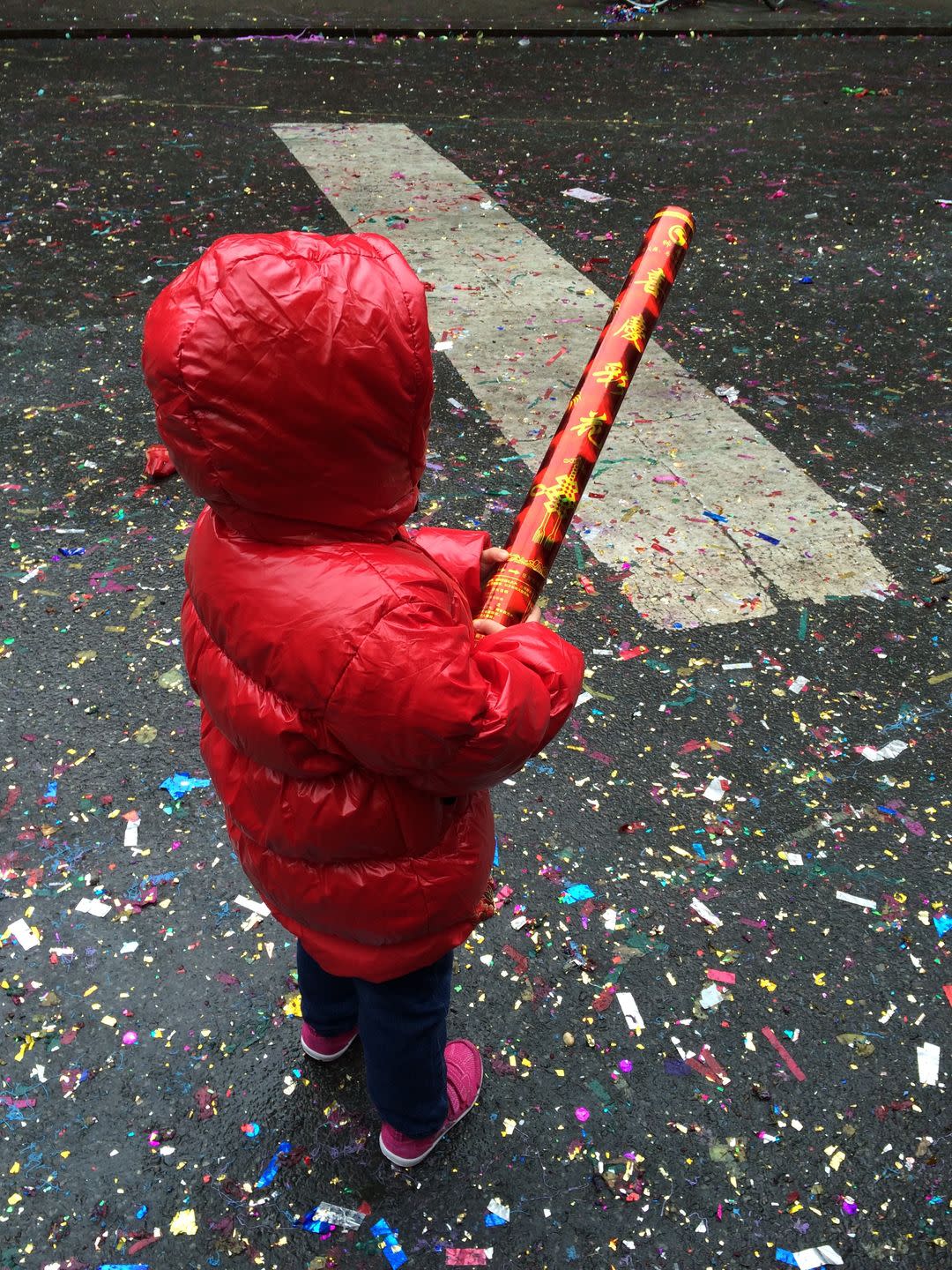The Lunar New Year Traditions and Superstitions, Explained
"Hearst Magazines and Yahoo may earn commission or revenue on some items through these links."
When people talk about the “holiday season” in the U.S., they often refer to that period between Thanksgiving dinner and New Year’s Day. But shortly after that, another massive holiday brings friends and family together in several Asian countries, with concurrent parties that carry on the traditions stateside.
The Lunar New Year, most commonly associated with the Chinese New Year or Spring Festival, typically falls sometime between January 21 and February 20 annually. Lunar New Year 2023 began on January 22, and celebrations end on February 5 with the Lantern Festival. In terms of the Chinese zodiac animal, it’s the Year of the Rabbit. According to China Highlights, this sign represents “longevity, peace, and prosperity.”
It’s called the Lunar New Year because it marks the first new moon of the lunisolar calendars traditional to many east Asian countries including China, South Korea, and Vietnam, which are regulated by the cycles of the moon and sun. As The New York Times explains, “A solar year—the time it takes Earth to orbit the sun—lasts around 365 days, while a lunar year, or 12 full cycles of the Moon, is roughly 354 days.” As with the Jewish lunisolar calendar, “a month is still defined by the moon, but an extra month is added periodically to stay close to the solar year.” This is why the new year falls on a different day within that month-long window each year.
In China, the 15-day celebration kicks off on New Year’s Eve with a family feast called a reunion dinner full of traditional Lunar New Year foods, and typically ends with the Lantern Festival. “It’s really a time for new beginnings, and family gathering,” says Nancy Yao Maasbach, president of New York City’s Museum of Chinese in America. Three overarching themes, she says, are “fortune, happiness, and health.”
Here’s what to know about Lunar New Year traditions, and what more than 1.5 billion people do to celebrate it.
Lunar New Year isn’t exactly the same as Chinese New Year
The Lunar New Year isn’t only observed in China; it’s celebrated across several countries and other territories in Asia, including South Korea and Singapore. In Vietnam, Lunar New Year is known as Tết, and in Tibet it’s Losar. In the U.S., though, it’s most commonly associated with what’s often called Chinese New Year, the American version of China’s 15-day-long festivities.
“It’s been popularized because the largest segment of the Asian-American population in the United States is Chinese,” Maasbach explains. “It’s kind of like that old Friends joke, ‘In China, they just call it ‘food’; in Chinese, it’s just the new year.” But in America, she says, where the holiday is mainly experienced in the Chinatowns of various cities, “we just made it ‘Chinese New Year.’” In Maasbach’s experience, while Lunar New Year is the more inclusive and accurate term as it applies to the holiday worldwide, celebrating is “not as popular with some of those immigrant groups in America.”
As it’s also become popular with people of all nationalities who visit Chinatown to eat and watch the parade performances, Maasbach adds, “it’s sort of like our stake in the country, if you will, and that’s really a pride point.”
Lunar New Year is also called Spring Festival
That name was popularized after Communist Party leader Mao Zedong took power in China in 1949. “The term was coined before the Communists, but it was used extensively by the party to replace ‘the new year,’ because they tried to get rid of anything that’s old—all of the superstitions and religion, including the celebrations,” says Kian Lam Kho, chef and author of Phoenix Claws and Jade Trees: Essential Techniques of Authentic Chinese Cooking. During the Cultural Revolution, from 1966 to the year Mao died in 1976, the traditional lion and dragon dances were also a point of contention, according to History.com.
Nowadays, Kho explains, “in mainland China, almost everybody refers to the new year as Spring Festival. But if you’re in Hong Kong, Taiwan, or anywhere else in most of the Chinese diaspora, they’re still calling it ‘new year.’”
Spring Festival is a 7-day vacation in China
There is a weeklong holiday in the People’s Republic of China during Spring Festival; in 2023, the public holiday is January 21-27. Ahead of that holiday comes a bustling travel period known as Chunyun, in which millions of people trek home by plane, train, and automobile to celebrate the new year with their extended families. (In 2020, CNN deemed Chunyun “the largest human migration on the planet.”)
“I tell people who want to visit Asia, in general, avoid Chinese New Year because you won’t be able to get anywhere!” says Kho.
Lunar New Year traditions include the Dragon Dance and the distribution of red envelopes filled with money
“When you walk around Chinatown, if you’re not familiar with the layers of meaning in these festivals, you may miss them,” Maasbach says.
Upside-down fu characters: On Chinese New Year, you’ll commonly see a calligraphy character on a square of red paper, hung in a diamond shape. The character, 福 [fú], which means good luck, is hung upside down for Lunar New Year. “The word ‘to arrive,’ or to begin, is a homophone for the word for ‘upside down,’” Maasbach explains. Through this bit of pictorial wordplay, the symbol effectively means that good luck is arriving, or pouring down on you.

Red pockets full of money: Known as lì xì in Vietnamese or hóngbāo in Mandarin, in China they’re traditionally gifted from an elder or parent to children—or anyone who’s unmarried. “It’s really fun, because even if your brother is 40 and unmarried, he still gets red envelopes,” Maasbach says. The custom arose out of a tradition of using coins as a gift to ward off evil spirits.
It’s an occasion for kids to have a little fun when asking for an envelope, too. When asking, “you have to say things like ‘xin nian kuai le,’ or ‘Happy New Year,’ or ‘gong xǐ fā cái,’ which means ‘Make money in the new year.’ But it kind of has a rhyme,” Maasbach says. “You’ll say, ‘gong xǐ fā cái, hóngbāo ná lái!’” This translates to, ‘Make a lot of money in the new year—now give me my red envelope!’”

Firecrackers: Firecrackers and fireworks are often set off throughout Lunar New Year, both to ward off an ancient monster called Nian, and because it’s become a raucous way to celebrate. It’s common to see families shooting off the equally festive (and non-fiery) confetti cannons on the streets of U.S. Chinatowns on New Year’s Day.

The Lion Dance and Dragon Dance: Traditional dances and gymnastic performances are an exciting part of a Lunar New Year parade. A Lion Dance typically features two performers inside the costume, operating as the creature’s front and back legs. “It’s supposed to send away any evil spirits,” Maasbach says. “It’s an opportunity to feed the lion with red envelopes.”
The Dragon Dance features visible puppeteers holding poles as they make the dragon move in a flowing motion. While these two dances are among the best known, Maasbach says they’re just a few examples native to specific regions. “China is a very diverse country, with many different practices,” she continues. “The Fan Dance, the Phoenix Dance, the Lion Dance—those are all provincial expert pieces.”
Taboos and superstitions attract good luck on Lunar New Year
Again, attracting—and carrying over—good fortune into the next year is a major theme of the holiday, and so is protecting against bad fortune. With that comes a lot of superstitious practices, Maasbach says.
“There are lots of little things you are supposed to do, and not do,” she explains. “You’re not supposed to cry, and you’re not supposed to argue—only talk about good, happy things.” This will set the tone for the future days.
“Pay back your debts before the new year starts,” Maasbach continues, or it’s bad luck.
Don’t cut your hair on the Lunar New Year—in fact, stay away from scissors altogether. “My mother would be irate if I cut anything with scissors on Lunar New Year,” says Maasbach. In a time of family togetherness and celebrating fortune, it’s taboo because it’s believed that you’ll be severing those connections.
Avoid wearing black or white, as they’re associated with mourning. To attract luck, “you have to wear red,” Maasbach says, adding that her late grandmother wore red almost everyday, because “she wanted everything to be happy.”
Don’t do laundry on the first or second day of the new year, according to China Highlights, “because these two days are celebrated as the birthday of Shuishen (水神, the Water God).” Avoid washing your hair, too, lest you wash your good fortune away.
Don’t sweep after Lunar New Year’s Eve, the site adds, or you’ll be sweeping away accrued wealth and luck.
Several traditional Lunar New Year foods also carry extra meaning in China, because the way they’re pronounced is a homophone for another luck-related word. For example, “the pronunciation for ‘fish’ in Mandarin and many other dialects is ‘yú,’ which is the same pronunciation as ‘leftover,’” Kho says. “The idea is that every year, you want an abundance of food or wealth, so that you have it left over for the next year.”
You Might Also Like
